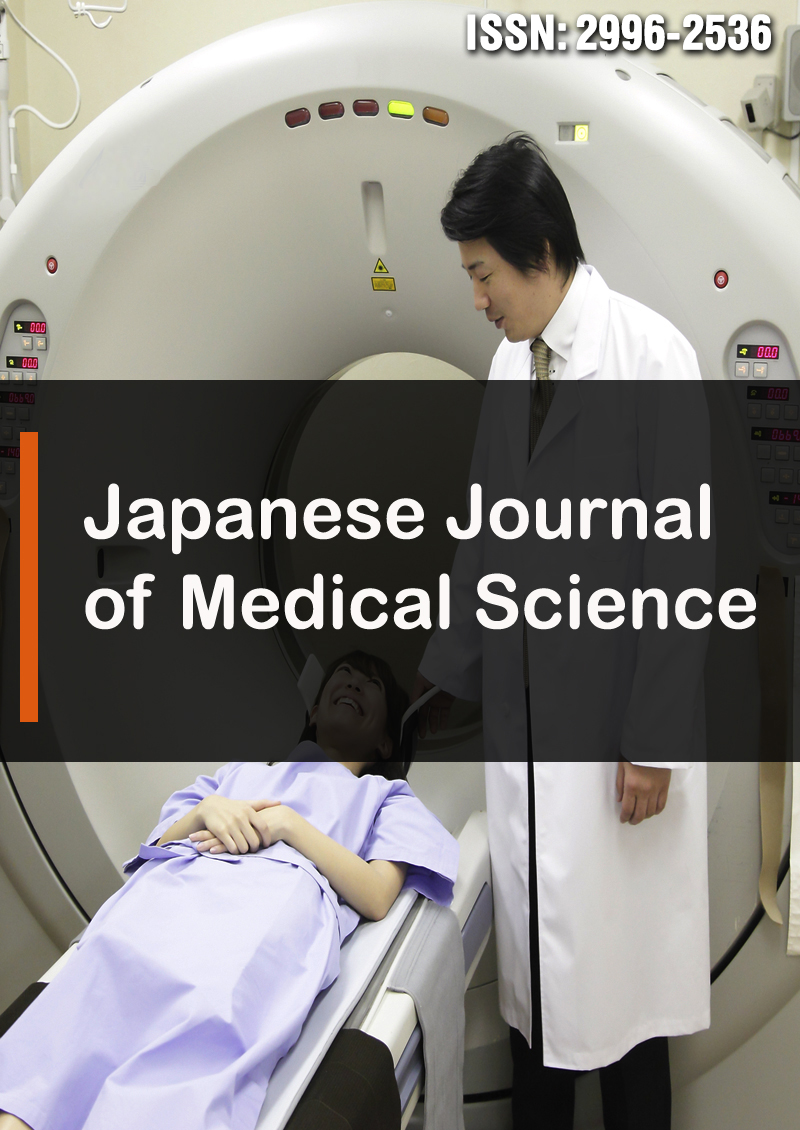Factors Associated with Health Facility Delivery Among Women with Disabilities in Uganda
Abstract
Galande Johnstone and Stephen Ojiambo Wandera
Introduction: Nearly half of all the women who die due to pregnancy-related causes are from sub-Saharan Africa. Women living with disabilities' concerns are incomparable because they are compounded by their inabilities and external barriers in accessing health facility delivery. The aim of this paper was to study factors associated with health facility delivery among women with disabilities in Uganda.
Methods: A secondary analysis of data from a sample of 869 women with disabilities who reported having given birth of their last birth five years preceding the Uganda Demographic and Health Survey, 2016. Bivariate and multivariate logistic regressions were used to determine the relationships between health facility delivery and the explanatory variables.
Results: About two in three (67%) of the women with disabilities delivered their last child in a health facility. Women who attended four or more Antenatal Care (ANC) visits (OR=1.9, 95% CI: 1.4-2.5), mothers whose educational level is secondary or more (OR=4.5, 95% CI: 2.0-10.0) and mothers from the middle-income households (OR=1.6, 95% CI: 1.0- 2.6) were most likely to deliver from a health facility. Similarly, mothers who regularly listened to the radio and owned a mobile phone (OR=1.7, 95% CI: 1.1-2.6) and mothers who resided in urban areas (OR= 2.2, 95% CI = 1.3–3.9) were likely to deliver from a health facility
Conclusion: The factors which were significantly associated with health facility delivery among women with disabilities were ANC visits, education, households’ well-being (wealth quintile), exposure to media and place of residence. Regular and early commencement of ANC attendance should be emphasized. Economically empowering women with disabilities by increasing their level of income and also encouraging the girl child with disabilities to continue with education might increase in health facility delivery.



